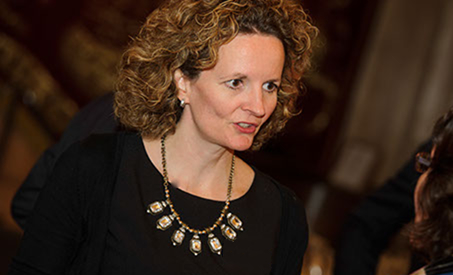
The types of monitoring and why you might need them
There are several different forms of monitoring that you might experience during your pregnancy. This depends on whether you are low or high risk, whether there are any concerns during your pregnancy, and what stage of pregnancy you are in.
1. Early pregnancy scans
Ultrasounds are painless scans that use sound waves to develop a picture of your baby. The handheld device is run over your tummy so it is not an invasive procedure. By creating a picture of your baby, it can be used to check their size, check whether you are having a single pregnancy or a multiple pregnancy (e.g. twins), check the position of your baby and the placenta, and it can be used to detect some physical conditions such as congenital talipes (‘club foot’).
In a low risk uncomplicated pregnancy, you will ordinarily be offered your first ultrasound scan between 10 and 14 weeks gestation. This is sometimes known as the dating or screening scan and it is carried out by a sonographer. This first scan can also include assessing your baby’s risk of developing certain conditions (such as Down’s syndrome) if you chose to undergo this screening.
The second ultrasound scan usually takes place between 18 and 21 weeks gestation. This is called an anomaly scan and will take a more detailed look at the physical health of you baby. It is also the scan when you might be able to find out the sex of your baby if you want to.
If the scans are clear and there are no concerns, you will continue your pregnancy with checks from your midwife which will monitor your general health, your baby’s movements and will measure your bump.
2. Growth scans
Your midwife or consultant might offer you a growth scan if:
· They are concerned that your baby is smaller or bigger than expected when carrying out an ultrasound scan
· They are concerned that your baby is smaller or bigger than expected when measuring your bump (called the symphysis fundal height)
· You have recurring episodes of reduced fetal movements
· You have a high risk pregnancy – these will often be ‘serial growth scans’ which means they take place every three to four weeks in your third trimester
Growth scans are also ultrasound scans and they usually take place after 28 weeks gestation. The sonographer will take measurements to see how much your baby has grown since the last scan and to help the team understand whether your baby is happy and healthy or whether some intervention is needed, such as an induction or c-section.
Depending on the results of the growth scan, you might be offered another or regular growth scans so that your baby can be monitored carefully.
3. Monitoring in late pregnancy/labour
If you have a low risk and uncomplicated pregnancy, when you go into labour a midwife will monitor your baby’s heartbeat by listening to your tummy. This takes place regularly, at least every 15 minutes, and more often as your labour progresses. This can be done with a pinard stethoscope, where a midwife listens to the heartbeat directly using a horn shaped device, or with a ‘Doppler’, where the midwife uses a small ultrasound machine and your baby’s heartbeat is played aloud.
This is the most common form of monitoring when you have a low risk pregnancy and uncomplicated labour. If you have intermittent monitoring like this, you are allowed to walk around during your labour or have a water birth.
If you have a high risk pregnancy, or if you report any concerns with your baby’s movements, you might be offer continuous monitoring with a CTG (cardiotocography) machine. A CTG listens to your baby’s heartbeat and records this onto graph paper so that midwives and doctors can monitor your baby’s heartbeat over a period of time.
A CTG is sometimes required when you go into labour to ensure that baby is healthy and isn’t becoming distressed.
You will ordinarily be offered a CTG if, among other reasons:
- You are in premature labour
- You are having an epidural or induced labour
- You have meconium (baby’s faeces) in your waters, which can be a sign of baby’s distress
- Your baby is breech, i.e. bottom first
- You have a long labour
- Your temperature is raised
If you are having continuous monitoring, you aren’t able to move around while you are attached to a machine.
What happens if the monitoring shows a problem?
If you are having intermittent monitoring and the midwives are concerned, you might be offered a CTG trace as this would give a better picture of your baby’s health.
If you are already on a CTG machine and the midwives/doctors become concerned or the reading isn’t picking up your baby’s heartbeat very well, they may recommend using a Fetal Scalp Electrode (FSE). This is a small clip that attaches to the skin on the top of your baby’s head with a long wire going to the machine. This gives more accurate information to the CTG machine about your baby’s heartbeat and oxygen levels, and it means you can move around. However, as it is invasive, it is often seen as a last resort.
The midwives and doctors will look at the CTG trace regularly during your labour and if they have any concerns they may advise you on your options for faster delivery, which may be forceps/vacuum (ventouse) delivery or an emergency caesarean section.
Our specialist baby loss team is here to help
Enable Law has a specialist baby loss team where we have helped many families who have suffered a stillbirth or neonatal death where the monitoring was insufficient or was not interpreted correctly. If you are concerned that were monitored incorrect during your pregnancy or labour, and your baby has suffered an injury or passed away, we can advise you. Contact us today.


















